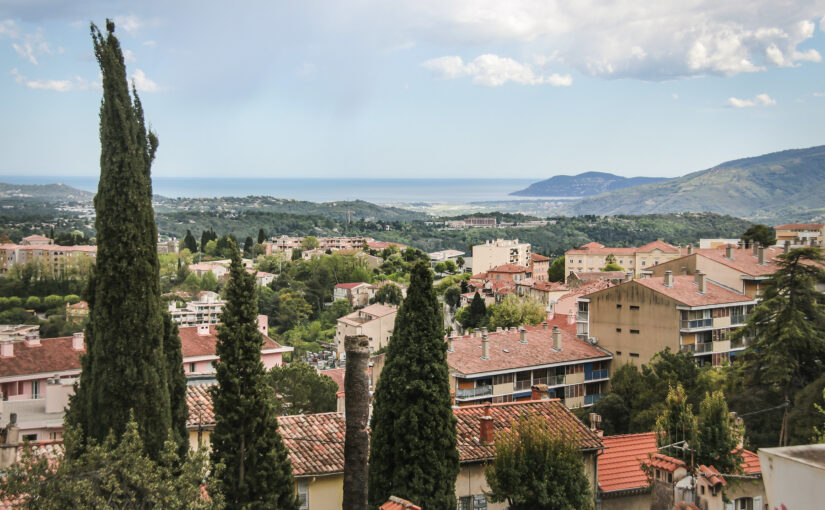Nestled between the scenic slopes of the southern Alps and the dazzling blue of the Mediterranean, the town of Grasse stands as a vibrant testament to centuries of perfume artistry. This picturesque French town, with its winding serpentine streets and hidden courtyards, welcomes visitors into a world where scent is elevated to craft and history intertwines with the air itself. Yet, as charming as Grasse appears, its true treasures often remain behind closed doors, accessible only to those invited into its secret perfumed sanctuaries.
The Legendary Fontaines Parfumées
One such sanctuary is Les Fontaines Parfumées, an estate that embodies both the mystique and mastery of modern perfumery. Behind its grand iron gate, past meticulously kept lawns and up to the entrance of a distinctive rust-red villa, lies the creative domain of Jacques Cavallier-Belletrud. One of the world’s most respected master perfumers, Cavallier-Belletrud has crafted iconic scents for renowned houses and now directs the development of perfumes for the luxury brands Louis Vuitton and Dior. The estate, acquired and restored by luxury conglomerate LVMH in 2012 after decades of abandonment, serves as both workshop and showcase, continuing a narrative that began nearly four centuries ago.
From Tanning to Twilights of Scent
Grasse’s association with fragrance has not always been so elegant. Originally, the town’s prosperity was built on leather tanning, a trade notorious for its pungent odors. According to legend, it was the demand from Italian nobility for sweet-smelling gloves that inspired the blending of flower essences into the fat used to treat hides. What began as a practical solution soon blossomed into a discrete industry. Over time, this led Grasse to become known throughout Europe as a haven for perfumers and innovators.
The Fontaines Parfumées estate itself traces this journey. Founded as a tannery in 1640, it transitioned to perfume production in the nineteenth century, leaving its own mark on the town’s evolution. The name, meaning “The Scented Fountains,” refers to the way the wastewater from perfume distillation imbued nearby fountains with delicate, lingering aromas.
Inside the World of the Maître Parfumeur
Today, the air in Grasse is infused with more alluring fragrances. At Les Fontaines Parfumées, the creative process is both scientific and deeply personal. The building’s glass-domed rotunda, designed in art nouveau style and centered around a tranquil indoor fountain, serves as a stage for the perfume-making ritual. Here, bottles are displayed like precious artifacts, and upstairs the laboratory buzzes with activity as Jacques Cavallier-Belletrud and his team experiment with new compositions.
Cavallier-Belletrud’s own workspace exudes what he calls “organized chaos,” a symphony of blotters, vials, and notes threadbare with family history. His roots in Grasse run deep, with generations of perfumers in his lineage. Childhood memories of gazing at the estate’s gates have become the foundation for a life dedicated to fragrance, connecting past and present in every new creation.
The Blossoming and Reinvention of a Perfume Capital
The transformation of Grasse from local producer to global perfume capital occurred most notably in the eighteenth century. The city’s fame reached new heights with the success of Patrick Süskind’s novel “Perfume,” as well as its subsequent film adaptation, enchanting the world with tales of endless fields of blooms and secret alchemical traditions. While the modern visitor may find these idealized scenes replaced by carefully curated experiences, the historical heart of Grasse pulsates through grand houses such as the ever-present Fragonard.
In addition to heritage tour offers and thriving boutiques, Grasse’s perfume tourism attracts nearly a million visitors each year. The International Perfume Museum entices those eager to dive deeper, while local giants such as Fragonard, Galimard, and Molinard keep the traditions of production alive, blending history with contemporary entrepreneurial flair.
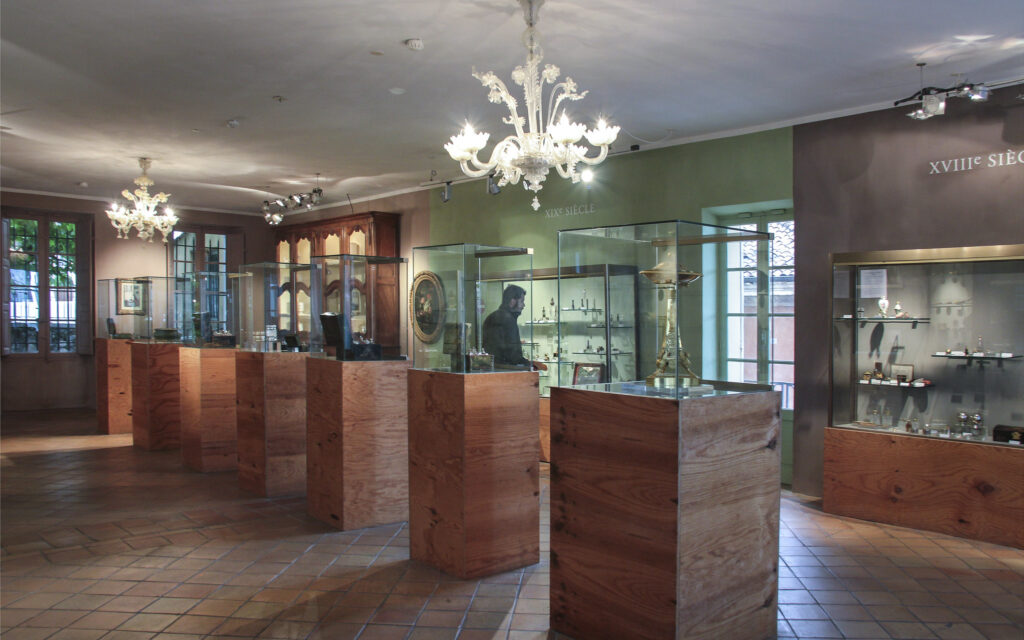
The Challenges of Change
Despite its storied reputation, Grasse’s fragrance industry has faced formidable challenges. At the dawn of the twentieth century, the region produced thousands of tons of flower petals annually for perfume extraction. Today, the figure has dwindled dramatically. The blending of local jasmine with less expensive imports once risked tarnishing the Grasse name, prompting both declines in production and reputational woes.
Major brands like Chanel have played a crucial role in reversing this trend. By purchasing entire local harvests and promoting the sustainable cultivation of ingredients such as May roses and jasmine, luxury brands have injected new life, and fresh prestige, into Grasse’s fields. Now, around forty hectares of flower fields, often controlled by these large companies, maintain a connection to the land’s remarkable history, ensuring premium quality material remains at the industry’s fingertips.
Artisanal Spirit and Modern Opportunity
The dominance of luxury conglomerates has not eclipsed the aspirations of independent artisans. Small-scale perfumers, like Jessica Buchanan with her boutique “1,000 Flowers,” thrive on the availability of exquisite raw materials that might be impossible to source elsewhere. This synergy between corporate demand and artisan opportunity ensures that Grasse remains a fertile ground for innovation as well as tradition.
Moreover, global leaders in fragrance innovation, such as Givaudan, Firmenich, IFF, Symrise, and Mane et Fils, maintain vital presences in the region. While production has become increasingly international, around thirteen percent of the world’s perfume and aroma trade remains rooted in Grasse. The region supports approximately 150,000 people, a testament to the enduring livelihood provided by the fragrance trade.
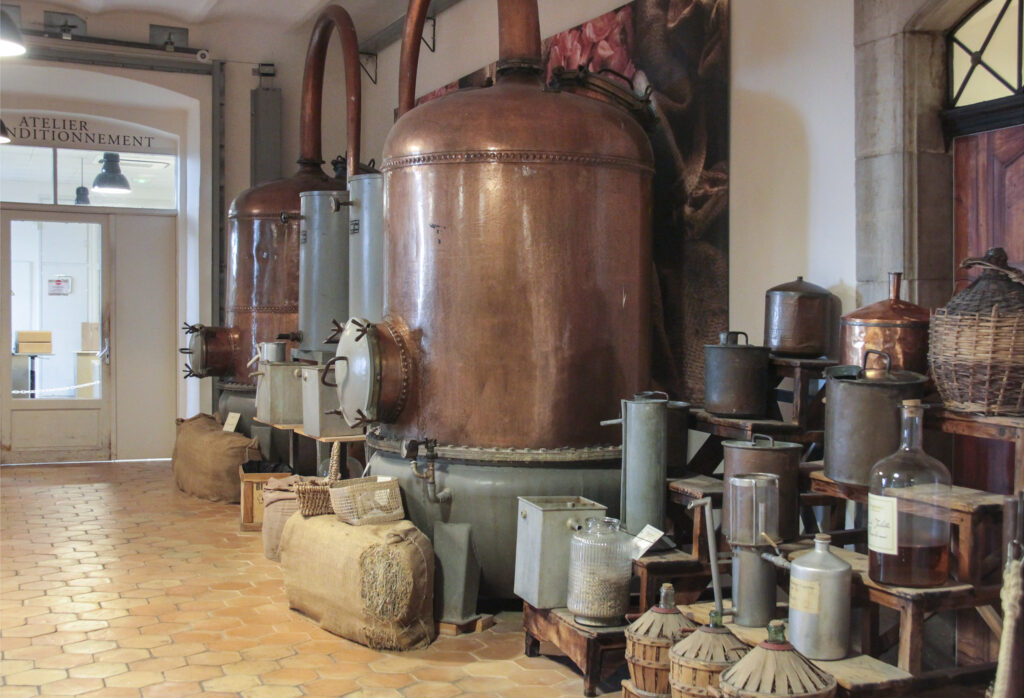
Heritage and Family: Passing Down the Scent
The expertise required to create a memorable perfume has historically been passed from one generation to the next. While the “noses” behind celebrated fragrances have often been men, today, more women than ever are emerging as inventors and tastemakers in the field. Jacques Cavallier-Belletrud’s own daughter, Camille, now works alongside him as a junior perfumer. Her earliest lessons came at family tables and during walks through scented gardens, where she was given both the knowledge and the inspiration to craft her own path.
This familial baton extends beyond technical expertise. Each new generation receives not only recipes, but also the passion and pride that nurtures continual creativity. With centuries-old notebooks, family traditions, and a hint of gentle rivalry, the legacy of Grasse lives vibrantly in every new scent born within its walls.
The Craftsmanship of Perfume Making
The creation of a perfume is both an art and a science. Roughly three hundred basic scents form the palette from which a perfumer might choose when blending a new fragrance, with each finished product typically containing between ten and twenty of these core notes. Raw scents are obtained through extraction and distillation, processes that have remained largely unchanged for centuries.
In extraction, flower petals are heated in fat, coaxing out their essential oils. Distillation involves heating petals in water, capturing aromatic compounds in the resulting steam, which is then condensed and separated. This precise orchestration ensures the purity and complexity that defines a fine perfume.
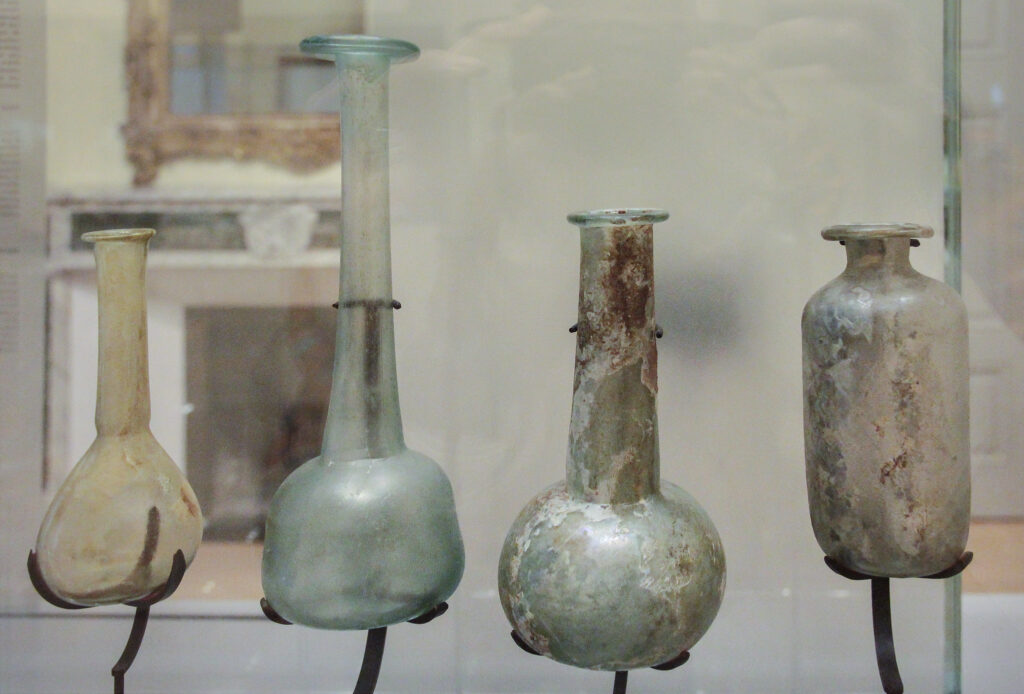
The Modern Landscape: Industry, Tradition, and Recognition
Walking through Grasse’s industrial quarter, dotted today with laboratories and company branches, it is hard to imagine that a century ago these grounds were blanketed with rows of jasmine and rose. The town’s journey from workshop for glove makers seeking to mask their wares’ pungency, to international capital of scent, stands as a remarkable example of adaptation and endurance.
While much of the large-scale production has shifted abroad to capitalize on lower labor costs, Grasse’s signature lies in the preservation of heritage. Local producers remain fiercely committed to their roots, especially when it comes to maintaining the prestige and formulas of iconic brands like Chanel and Dior. This blend of history and prestige is now officially recognized by UNESCO, which added the perfumery tradition of Grasse to its list of Intangible Cultural Heritage of Humanity in 2018.
Living Heritage and the Allure of Grasse
The UNESCO recognition underscores three core facets of Grasse’s perfume tradition: the cultivation of scented plants, the expertise in transforming raw ingredients, and the artful skill of composing fragrances. This prestigious status has sparked renewed interest in protecting flower fields, supporting growers, and championing ancestral knowledge amid mounting international competition.
Despite the changes over centuries, about ten percent of Grasse residents remain employed in the perfume sector. The enduring significance of this industry, both economically and culturally, is evident in every corner of the town.
Discovering Grasse’s Perfumed Legacy
For anyone journeying to Grasse, wandering the narrow alleyways of the old town offers a sensory adventure through history. Picturesque squares, medieval architecture, and the magnificent Notre Dame de Puy cathedral set a scene ripe with charm. Yet the true essence of the town awaits in its perfume museums and traditional ateliers, many of which invite guests to witness the fusion of old secrets and modern creativity.
Visiting in May rewards travelers with blooming May roses whose fleeting fragrance lingers in the air, providing an unmissable highlight. Some perfume houses offer tours, giving insight into the meticulous processes and remarkable stories that have shaped Grasse’s destiny.
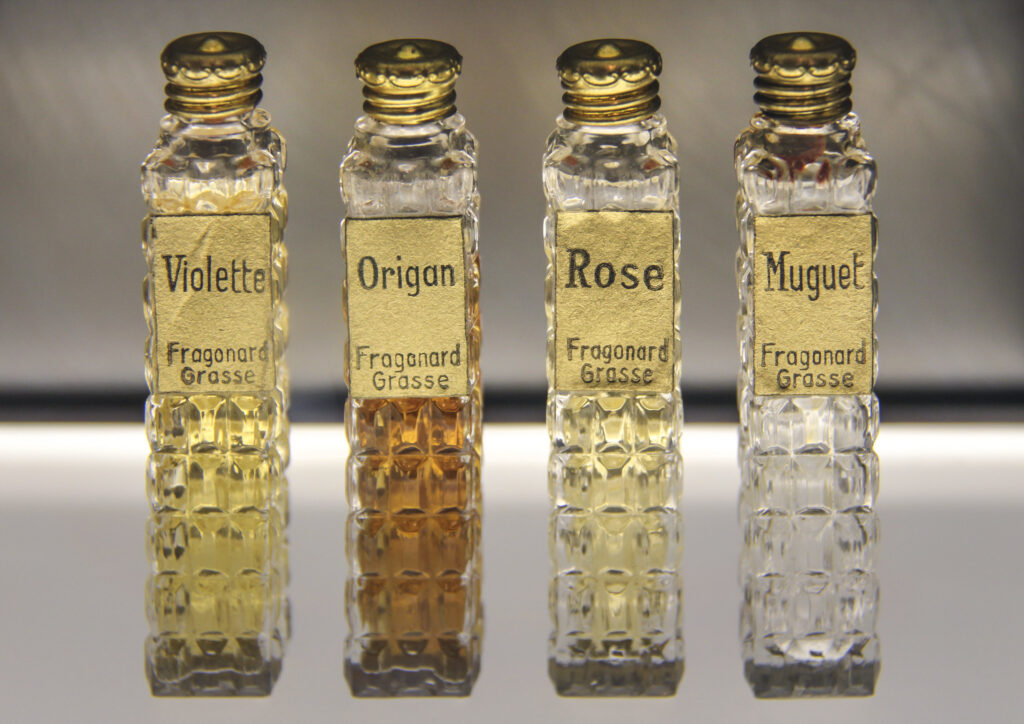
The Eternal Aroma of Grasse
In Grasse, fragrance is more than an industry; it is woven into the very identity of the town. Its perfumes translate centuries of memory, artistry, and ambition into each delicate bottle. The continuation of this noble craft, now honored as a heritage of humanity, ensures that Grasse will forever be synonymous with the art, science, and magic of scent. As the iron gates close behind visitors to Les Fontaines Parfumées, the memory of its delicate aromas persists, a subtle reminder of a place where the world of perfume is not merely history but living tradition.
Images by Kotomi_.
